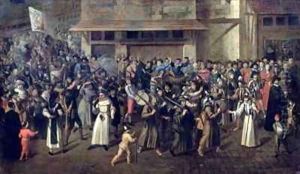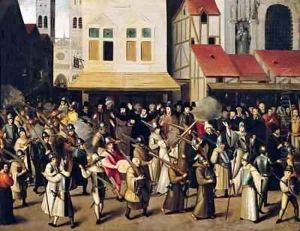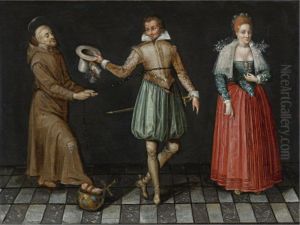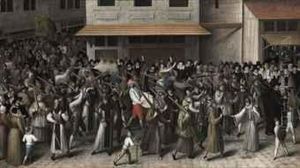Francois Bunel Paintings
François Bunel was a French painter whose life and career are not extensively documented, but he is known to have been active during the late 16th century. While his exact birthdate is not known, he is believed to have been born around 1552. Details about his early life, including his training and artistic influences, are largely speculative.
Bunel is often associated with the second School of Fontainebleau, which was an important center for Mannerist art in France. This school was characterized by an elaborate and sophisticated style that was influenced by Italian Mannerism, and it played a significant role in shaping French artistic taste during the late Renaissance.
In his career, Bunel is known to have received commissions from high-ranking patrons, including members of the French court. His works included portraits and mythological scenes, which were typical of the Mannerist style prevalent at the time. Unfortunately, many of Bunel's works have not survived or have been attributed to other artists due to the scarcity of signed or documented paintings.
Despite the lack of concrete biographical details, Bunel's significance lies in his contribution to the Mannerist movement in France and his involvement with the artistic developments at Fontainebleau. His exact date of death is unknown, but he is believed to have been active until at least 1599. As with many artists of his time, Bunel's legacy is pieced together through the artworks attributed to him and the records of his patrons, which provide insights into his artistic career.




